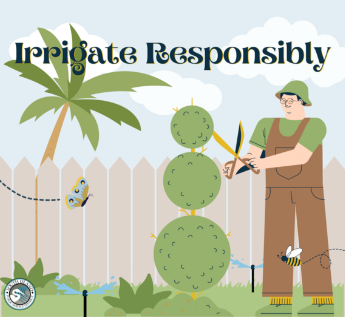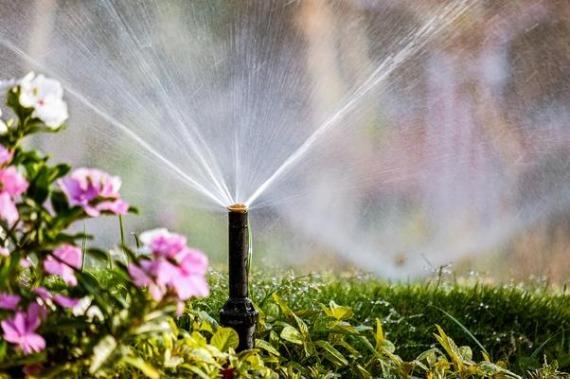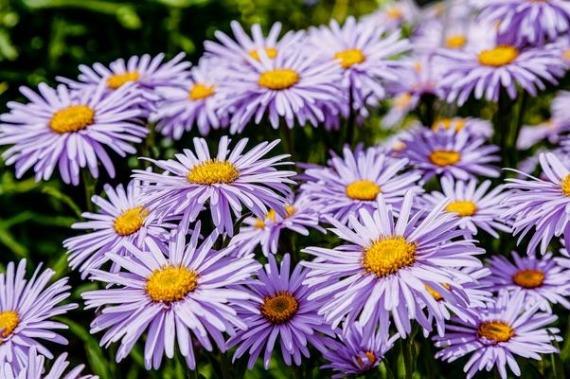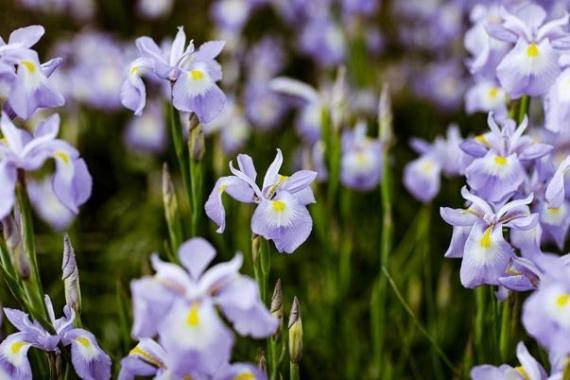water conservation
South Island Public Service District's irrigation program was created to help reduce outdoor water usage during peak hours. The tourist season for Hilton Head Island is during the summer months, June to August. During this time, there is a high demand for water supply. High demand for water can result in reduced pressure and low water levels.
The Town of Hilton Head has adopted a local irrigation ordinance to help avert the issues above. At South Island Public Service District, we strongly encourage you to irrigate responsibly.
Customers with even-numbered addresses are asked to irrigate on Tuesdays and Saturdays only.
Customers with odd-numbered addresses are asked to irrigate on Wednesdays and Sundays only.
Commercial, office, and hotels are asked to irrigate on Mondays and Thursdays only.
Common areas that have no street address are asked to irrigate on Mondays and Thursdays only.
For more information regarding this ordinance, please see the Town of Hilton Head Island's Municipal Code Sec. 17-10-211.

irrigate responsibly

maintain your sprinkler systeM
As spring begins and lawns and gardens begin to bloom it is time for an irrigation system check-up! Before planning your landscape, be sure to conduct maintenance on your irrigation system to make sure it is in working condition.
1. LOOK FOR BREAKS AND LEAKS
Irrigation systems with broken or damaged sprinklers can cause an abundance of excess water usage.
2. FIND SPRINKLERS, PIPES, AND VALVES THAT MAY HAVE SEPARATED.
Leaks at joints between the sprinklers and the pipes are mostly caused by too much water pressure. Be sure to also check the connections inside the valve boxes to make sure you can completely turn off your system.
3. DIRECT YOUR SPRINKLERS TOWARD THE LANDSCAPING TO AVOID RUNOFF.
Irrigation water that falls on your driveway, the sidewalk, or the street will end up in the stormwater drains instead of your landscaping. Make sure all sprinkler heads are facing your lawn and not paved areas.
USE NATIVE PLANTS
As you're planning your landscape projects, consider using plants that are native to the Lowcountry. Native plants require less water and fertilizer in order to flourish because they are well adapted to the conditions in the area. In turn, they help protect water resources, reduce chemicals in stormwater runoff, and help water quality. Using native plants will also aid the native pollinators and wildlife ecosystems in the Lowcountry.
A few examples of South Carolina native plants specific to the coast are:
For a list of more native plants to add to your landscape, please visit https://hgic.clemson.edu/factsheet/an-introduction-to-native-plants-for-sc-landscapes/The Sabal Palm (Sabal palmetto) is a palm tree that has a high tolerance to salt and sandy soil. It is also the official tree of South Carolina.
The Scarlet Swamp Hibiscus (Hibiscus spp.) is a perennial that attracts butterflies and hummingbirds.
The Carolina Aster (Aster carolinianus), which is pictured on the left, is a wildflower that is drought tolerant and loves the sun.


ADDITIONAL TIPS TO SAVE
- Irrigate between 3 AM and 6 AM to prevent losing most of the water due to evaporation in the hot spring and summer months.
- Check for excessive or insufficient water pressure. This could be a sign of an issue in your irrigation system.
- Make sure your timer is set to the correct number of days, length of time, and how many times a day it should run.
- Hire a professional to help correctly search and repair leaks and maintain your irrigation system.
- Drip irrigation systems are more efficient at applying water to plants. They also help to reduce runoff and evaporation.